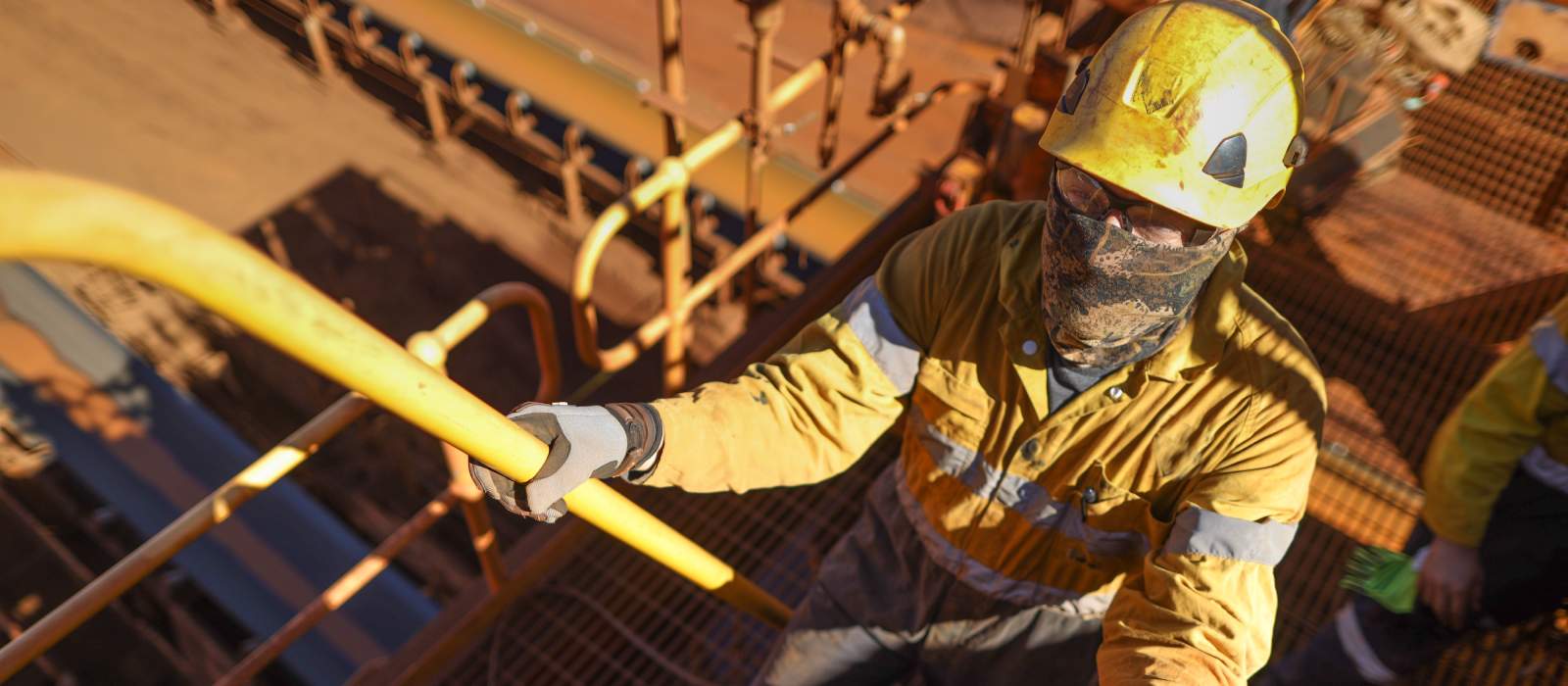Mining: Resilient and resourceful

AusIMM’s 2020 Thought Leadership Online Series kicked off on 27 August with a fireside chat with Chris Dodd, Assurance Markets Leader from and mining sector specialist from PwC Australia. In this article, Chris gives a taste of the key topics he discussed.
The global pandemic has had a huge impact on how companies operate and forced many to re-evaluate practices and processes that had, until now, been considered reliable and rocksteady. Mining hasn’t been immune to the challenges that COVID-19 has bought, but it has managed to weather the storm better than others, especially in Australia.
Call it luck or good management, whatever your position, mining executives have much to be thankful for and should be using this time as an opportunity to rethink strategies. PwC’s recent global mining report ‘Resilient and resourceful’ shows there are opportunities to be had if cyber, workforce management and supply chain management are seriously considered. The report looks at the performance of the top 40 largest global mining companies (by market capitalisation).
The big picture
We can all appreciate the global economy’s dealing with uncertain times following COVID-19, with the International Monetary Fund predicting a 3 per cent contraction in the global economy for 2020. But the Top 40 are in an excellent position to weather the storm. On the back of a solid financial performance in 2019 and prudent capital expenditure, the world’s Top 40 miners face the crisis with strong balance sheets and the flexibility to respond.
Cyber threats
One area we believe companies should be placing greater importance on is cyber. In this year’s PwC Global CEO Survey, only 12 per cent of mining and metals CEOs were ‘extremely concerned’ about cyber threats, compared to 33 per cent of leaders globally and 26-32 per cent in energy, utilities and resources (excluding mining and metals). This result is not a one-off — cyber concerns among mining CEOs have been falling over the last three years. Yet, over a similar period, the number of reported cyber breaches among mining companies increased fourfold. Mining companies seem to believe they’re unlikely targets for cyberattacks, but as reliance on autonomous and digital technology grows, so too does the cybersecurity risk.
Can supply chains be sustained?
Global supply chains have proven highly effective in driving down the cost of mining, as has a focus on hyper-efficiency, lean principles and just-in-time techniques. But the pandemic has exposed the vulnerabilities of this model. When borders closed and factories went into lockdown, those miners reliant on transient workforces, minimal inventories and low diversification struggled the most. At least for their most critical supply chains, the Top 40 may need to consider an alternative approach: improved inventory management combined with globally diversified or locally sourced and financially viable resources.
Resilient and resourceful: learning lessons from the pandemic
The Top 40 have shown they can innovate, adapt and respond to this crisis along with the best. Now is a good time to assess which of those tactics were effective and should be codified to help miners prepare for future disruptive events. Miners may also find useful lessons that they can incorporate as standard practice.
Although the focus in 2020 is likely to be on optimising operational outcomes and remaining
financially fit, we are encouraging the Top 40 to consider a collective step up in ESG behaviours, metrics and reporting disciplines, as well as a review of cyber risk within the broader remit of safety first.
